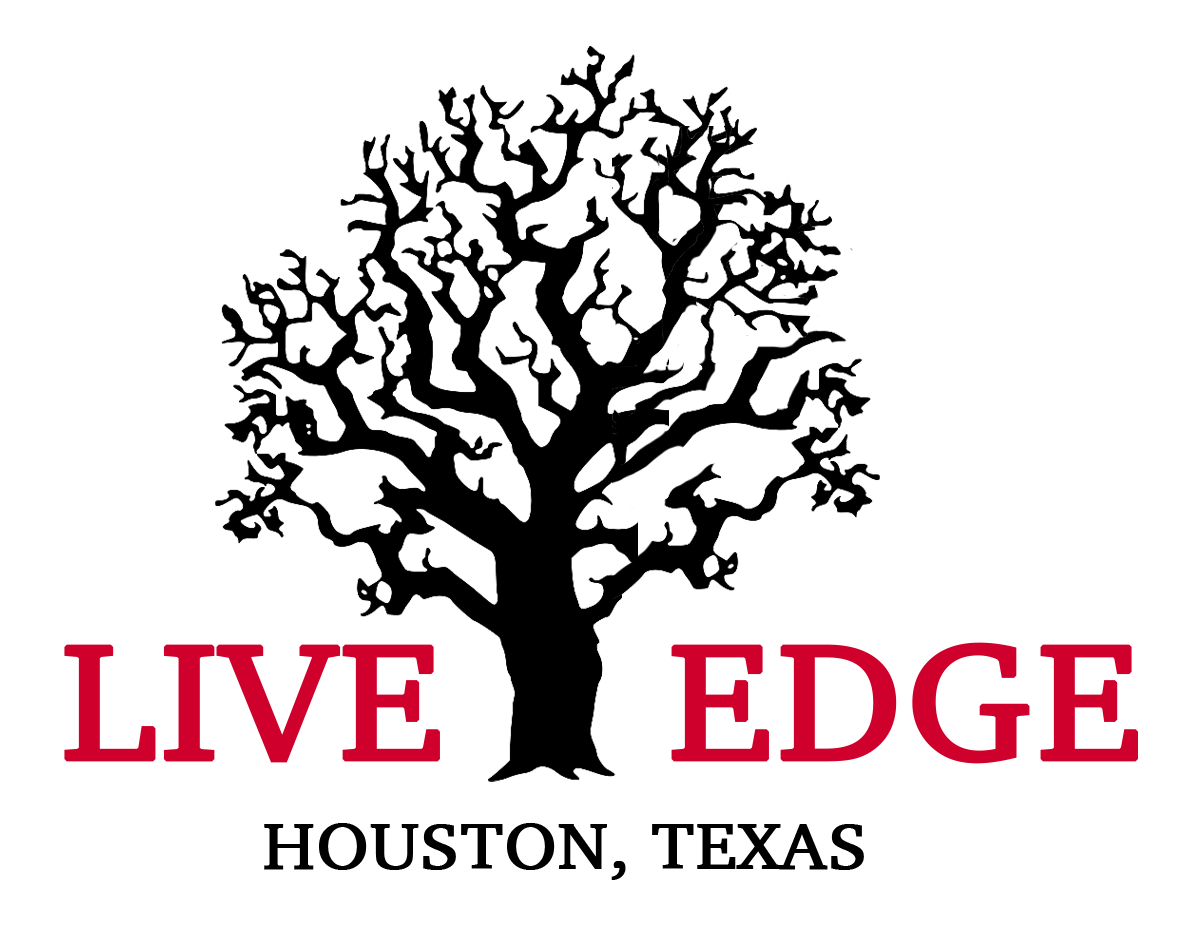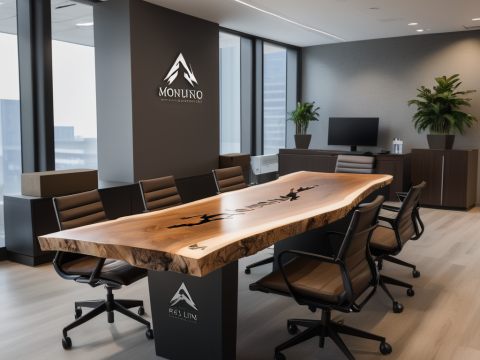Mesmerizing Appeal of Live Edge Wood
July 8, 2023Live Edge Wood: Unveiling the Beauty of Nature’s Imperfections
July 10, 2023Some of the most popular wood species used for live edge conference tables are:
1. Walnut: Walnut is highly prized for its rich and dark color, making it a popular choice for conference tables. It has a straight grain pattern with occasional wavy or curly patterns, adding a touch of elegance and sophistication to the table.
2. Oak: Oak is known for its durability and strength, making it a reliable choice for conference tables. It has a prominent grain pattern and is available in various shades, including red oak and white oak. Oak can lend a rustic and warm feel to the table.
3. Maple: Maple is often chosen for its light color and smooth grain pattern. It has a subtle and even texture, which can provide a modern and sleek look to the conference table. Maple is also known for its durability and resistance to wear and tear.
4. Cherry: Cherry wood exhibits a beautiful reddish-brown color that deepens with age and exposure to light. It has a fine and straight grain, which adds elegance to any conference table. Cherry wood is also highly workable, allowing for intricate designs and detailing.
5. Ash: Ash wood is valued for its lighter tones and distinct grain patterns. It has a pale yellow hue and a straight yet pronounced grain, giving the conference table a unique and characterful appearance. Ash is also known for its strength and resilience.
6. Acacia: Acacia wood is known for its rich, dark hues and intricate grain patterns. It can provide a dramatic and exotic look to a live-edge conference table, adding a touch of uniqueness and visual interest. Acacia wood is also highly durable and resistant to scratches.
Each wood species brings its own set of unique characteristics to a live-edge conference table, including color, grain pattern, durability, and workability. The choice ultimately depends on individual preferences and the desired aesthetic for the space.



